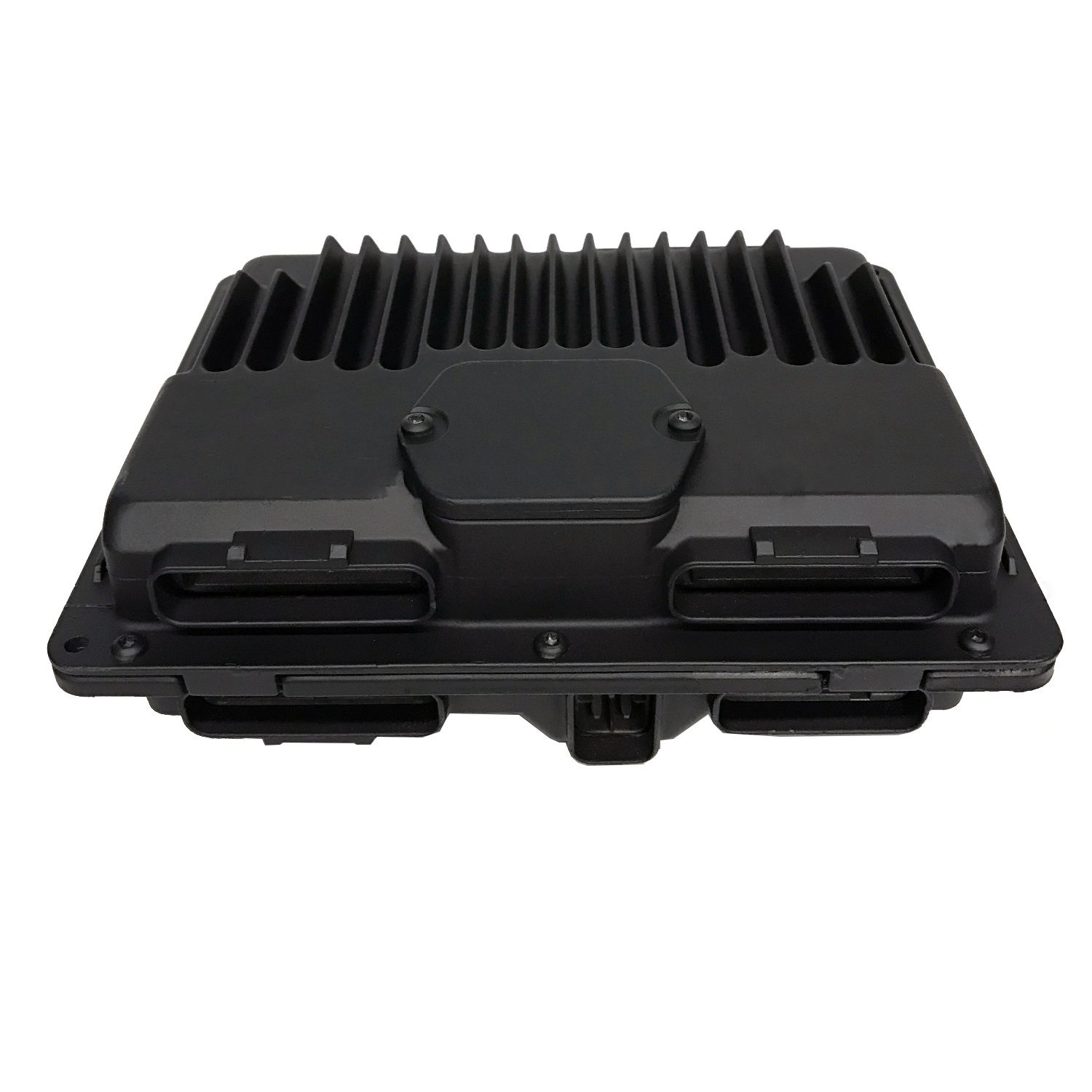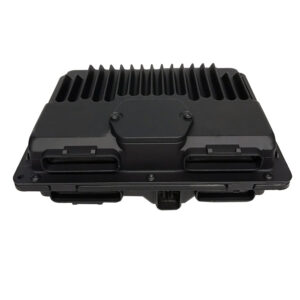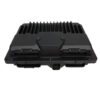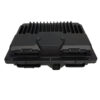Restore Peak Performance to Your GM Truck or Van
Is your Chevrolet S10, GMC Sonoma, or another trusty GM vehicle from the late 90s and early 2000s suffering from frustrating issues like a persistent Check Engine Light, rough idling, stalling, or poor fuel mileage? Before you start throwing expensive parts at the problem, consider the heart of your engine’s management system: the Powertrain Control Module (PCM). As an experienced technician, I’ve seen countless drivability problems trace back to a failing original PCM. This replacement module, part number 16265035, is the definitive, reliable solution to get your vehicle running right again.
This isn’t just a replacement part; it’s a complete service. We flash this module with the latest official GM software calibrations specifically for your vehicle. All we need is your Vehicle Identification Number (VIN) after purchase. This critical step ensures that your engine and transmission operate exactly as the manufacturer intended, often correcting underlying software bugs that were present in the original factory programming. It’s a plug-and-play fix that eliminates the need for a costly trip to the dealership for programming.
A Technician’s Notebook: The Misleading Misfire
I remember a 1999 GMC Jimmy with the 4.3L V6 that came into my bay with a P0300 random misfire code that just wouldn’t quit. The owner had already replaced the plugs, wires, cap, and rotor—the usual suspects. The misfire was intermittent and most noticeable under light load. After verifying fuel pressure and checking for vacuum leaks, my diagnostics pointed toward the PCM. The injector driver circuits inside these older modules can weaken over time, causing inconsistent injector firing that a basic scan tool might not pinpoint. We installed a VIN-programmed PCM, performed the CASE relearn, and the truck ran perfectly. It’s a classic example of how a faulty module can mimic a mechanical issue, costing the owner time and money on unneeded parts.
Is Your Vehicle Showing These Symptoms?
A failing PCM can cause a wide range of problems. If you’re experiencing any of the following, this module is likely the solution you need. This is especially true if you’ve already ruled out more common mechanical failures.
- ✔ Persistent Check Engine Light (CEL)
- ✔ Diagnostic Trouble Codes (DTCs) like P0601, P0605 (Internal Module Errors), or communication errors.
- ✔ Unexplained random misfires (P0300)
- ✔ Harsh or erratic automatic transmission shifting
- ✔ Engine stalling, stumbling, or hesitating
- ✔ No-start condition where the engine cranks but won’t fire
- ✔ Poor fuel economy
- ✔ Failure to pass an emissions test
A Straightforward Guide to Installation
For the motivated DIYer, replacing the PCM on most of these vehicles is a manageable job. On the 1998-2000 S10 and Sonoma, you’ll find it in the engine bay on the passenger’s side. Always consult a repair manual for your specific vehicle’s location and torque specs.
- Safety First: Disconnect the negative terminal from your vehicle’s battery and secure it away from the post.
- Locate the PCM: Find the module in your engine compartment. It’s a metal box with several large multi-pin electrical connectors.
- Disconnect Connectors: Carefully release the locking tabs and unplug all electrical harnesses from the old PCM. Avoid forcing them.
- Remove the Old Module: Unbolt the old PCM from its mounting bracket.
- Install the New Module: Bolt your new, pre-programmed PCM into place.
- Reconnect Everything: Plug the electrical harnesses firmly back into the new module until they click and lock. Reconnect your battery terminal.
- Perform Security/CASE Relearn: After installation, your vehicle may require a security relearn procedure or a Crankshaft Variation (CASE) relearn for optimal performance. This can often be done without a scan tool and instructions are widely available online for your specific model.
Verified Vehicle Compatibility
This module is a direct replacement for part numbers 16263494, 16265035, 8162634940, 218-11787, and 21811787. It is guaranteed to fit a wide range of GM trucks and vans. Please verify your vehicle is on the list below. The core fitment is for the 1998-2000 S10 / S15 / Sonoma with the 4.3L V6 engine, but it covers many other applications as well.
CHEVROLET 3500 PICKUP 99-00 (Gasoline)
EXPRESS/SAVANA 1500/2500/3500 VANS 99-02 (Gasoline)
ASTRO/SAFARI VANS 99-01 (4.3L)
S10/S15/SONOMA 98-00 (4.3L)
BLAZER/JIMMY/BRAVADA 98-00 (4.3L)
ISUZU HOMBRE 98-00 (4.3L)
CADILLAC ESCALADE 99-00
CHEVROLET TAHOE 99-00 (Classic Style)
GMC YUKON 99-00 (incl. Denali)
CHEVROLET/GMC/SIERRA 1500 PICKUP 99 (5.0L, 5.7L) & 99-00 (4.3L V6)
CHEVROLET/GMC SUBURBAN 1500/2500 99 (Gasoline)
…and more. Please check the detailed list for your specific options.
Frequently Asked Questions
Frequently Asked Questions
Do I need to get this module programmed by a dealer?
No. We program the module to your vehicle’s specific VIN before we ship it. It arrives ready for installation, saving you time and money.
What is a CASE relearn and is it required?
A Crankshaft Variation (CASE) relearn synchronizes the new PCM with your engine’s crankshaft position sensor. While the vehicle will often run without it, performing the relearn is highly recommended to prevent a potential P1336 trouble code and ensure accurate misfire detection.
Where is the PCM located on a 1999 Chevy S10?
On the 1998-2000 Chevrolet S10, GMC Sonoma, and related platforms like the Blazer/Jimmy, the PCM is typically located in the engine compartment on the front passenger side, near the firewall or inner fender.
Will this fix my check engine light?
If the check engine light is caused by an internal failure of the PCM (like a P0601 code) or a component controlled by it, then yes, this will resolve the issue. It’s crucial to properly diagnose the root cause of the light before ordering.



